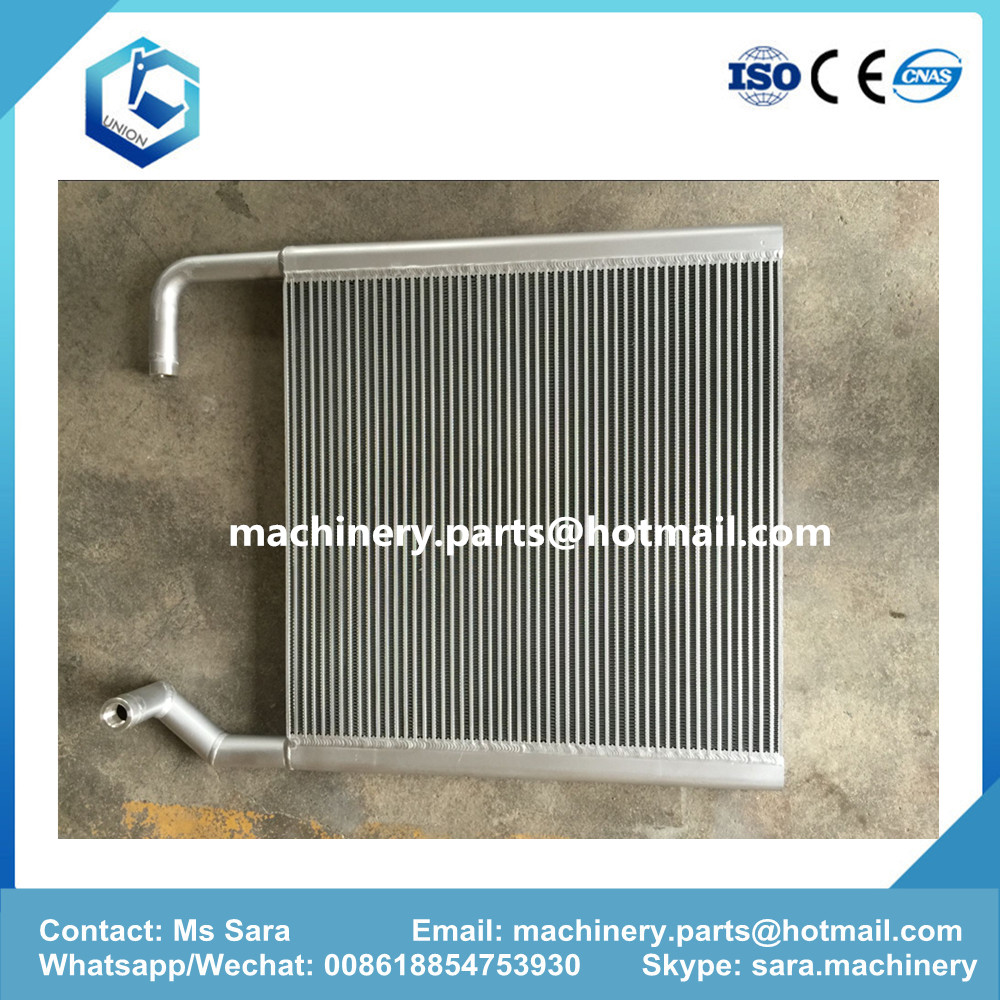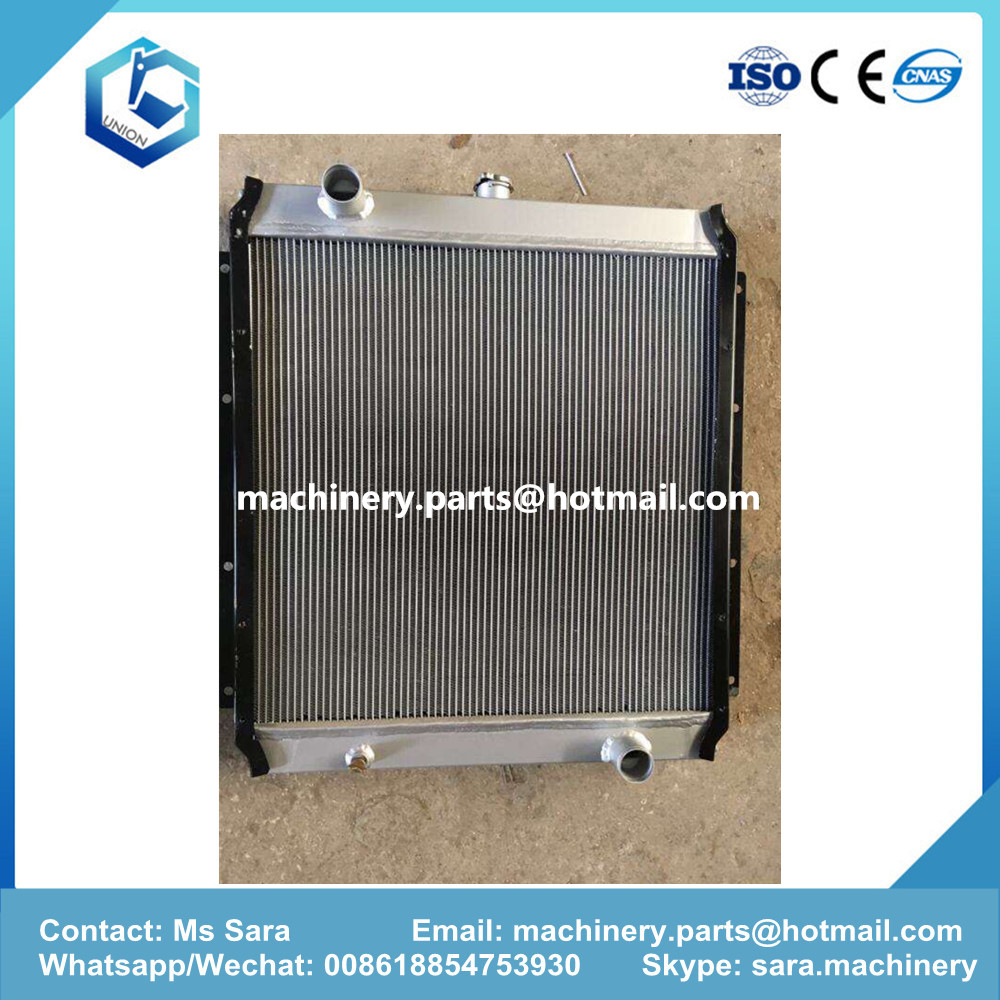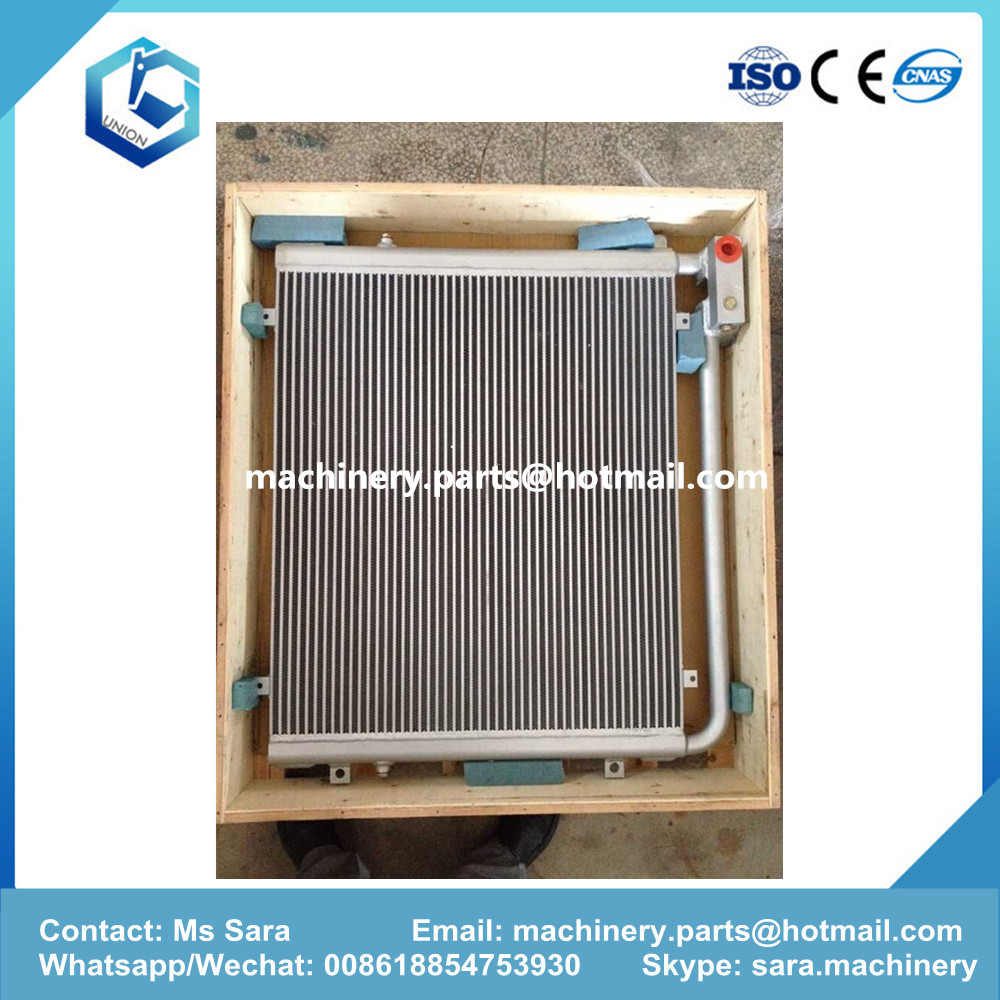Platinum is a rare, soft, silvery white metal, very heavy. Platinum metal and its homologues - ruthenium, rhodium, palladium, osmium, iridium and gold, almost completely to elemental state exists in nature. They are also close to gold in the earth's crust, and their chemical inertia is comparable to gold, but they are found and used far behind gold. Their extreme dispersion in nature and their high melting point may be responsible for this. The largest natural platinum block found to date is 9.6 kg. The melting point of platinum is 1772 ° C, the melting point of ruthenium is 2310 ° C, the melting point of ruthenium is 1966 ° C, the melting point of palladium is 1552 ° C, the melting point of ruthenium is 2054 ° C, the melting point of ruthenium is 2410 ° C, and the melting point of gold is 1063 ° C.
Ancient Indians in South America have long used ornaments made of platinum and gold alloys. Since platinum is much larger in platinum-based minerals than other elements, it is the first to be found in platinum-based elements.
The first mention of platinum in Europe was probably written by the French mineralogist Scarigui in 1557. He said that all metals can melt, but a metal in the Mexican and Darian (present-day Panama) mines cannot melt. This can be considered to mean platinum.
In the middle of the 18th century, platinum in South America spread to some European scholars who studied platinum. Many scholars believe that platinum is not a pure metal, but an alloy of gold, iron and mercury , and some people think it is a semi-metal. In 1752, the Swedish chemist Sheffield confirmed that it was an independent metal, called it aurum album (platinum).
In 1789 Lavoisier published his table of elements developed, platinum was included. The Latin name for platinum today is platinum, and the element symbol is Pt.
Platinum is mined from natural free platinum deposits. Used in the manufacture of jewellery, enamel, special containers and standard measuring tools, as a catalyst, and a strong magnet with cobalt . Platinum is resistant to corrosion and acid (except aqua regia). Platinum can be used as a catalyst in chemical reactions such as hydrogenation, dehydrogenation, isomerization, cyclization, dehydration, dehalogenation, oxidation, and cracking.
Jining Union Machinery And Parts Co.,Ltd
mainly produces water tanks,radiators,oil coolers, intercoolers for all brands
excavators. The Excavator radiators are important parts of the engine.
Model:
Iron Water Tank/Oil Cooler/ Radiato for Excavatorr
Aluminum Water Tank/Oil Cooler/ Radiator For Excavator
Copper Water Tank /Oil Cooler/ Radiator for Excavator
Type:
Plate Fin Water Tank /Oil Cooler/ Radiator for Excavator
Pipe Water Tank /Oil Cooler/ Radiator for Excavator
For Komatsu: PC200-7 PC220-7 PC360-7 PC300-7 PC200-6 PC228UUS PC200-8 PC56 PC200-5 PC200-8 PC450-7 PC300-3 PC228 PC50-7 PC120-6US PC100-6/PC120-6 PC100-5/PC120-5 PC220-6 PC400-5/6 PC600-6 PC200 PC200-3 PC60-7 PC200-6 PC78US PC270-8 PC130-7
For Hitachi: ZAX200 ZAX330 EX200-2/3 ZAX210-3 ZAX300-3 ZAX300-1 EX100-1 EX200-5 ZAX120-6 EX120 EX120-5 EX200-1 EX300-5 EX300-1 EX300-3 EX220-5 ZAX60 EX450 EX220-2 EX60-5 EX30 ZAX240-3 EX135 EX400-5 EX1200.
For Cat : E320C E330D/E345 E320D E320 E307D E330 GAT330D E120B E329D.
For Kobelco: SK120 SK260-8 SK200-6 SK200-8 SK235 SK230-6E SK200-6E SK230-6E SK230-6E SK60-7 SK430-3 SK200-3 SK350 SK60C SK60 DH220-3 SK350-8 SK330-8 SK300-1
For Hyundai: R220-5 R150-9 R305-7 R350-9 R125
For Dawoo: DH225-7 DH60-7 DH55 DH300-7 DH220-7 DH220
For Kato: HD820-3 HD820-5 HD700-7 HD55-7
For Sumitomo: SH210-5 SH240-5 SH350-3



Excavator Radiator,Radiator For Excavator,Excavator Water Radiator,Excavator Oil Radiator
JINING UNION MACHINERY AND PARTS CO., LTD. , https://www.vmpmachineryparts.com